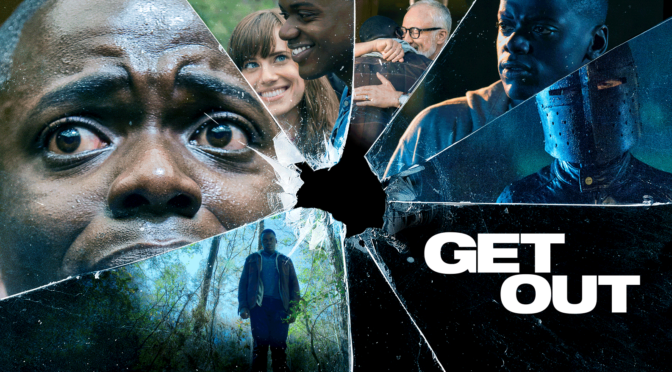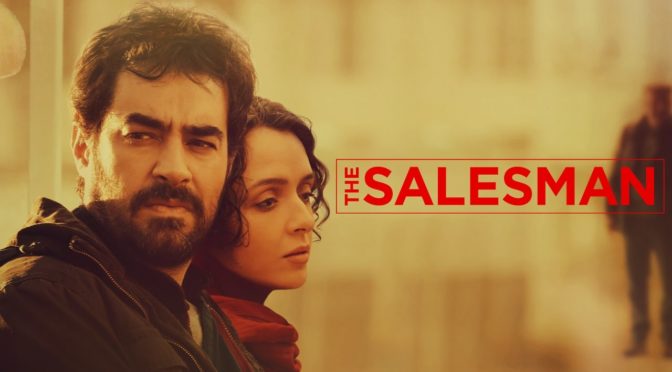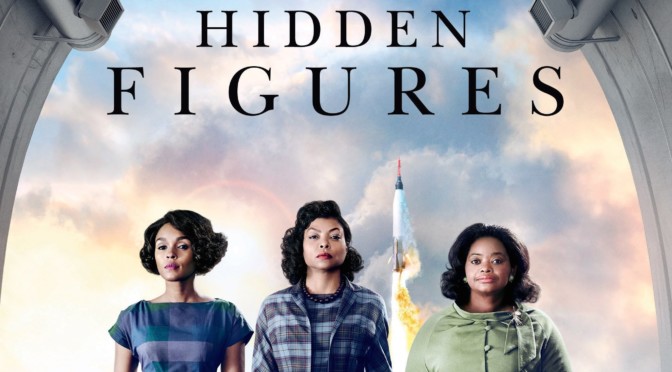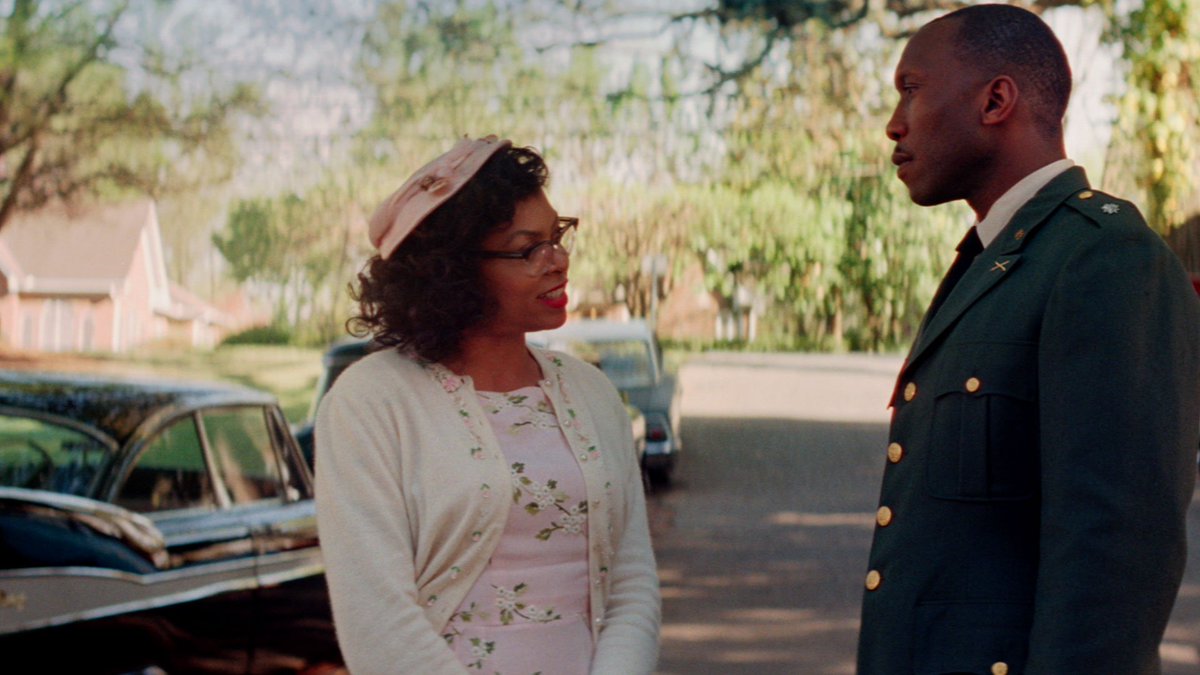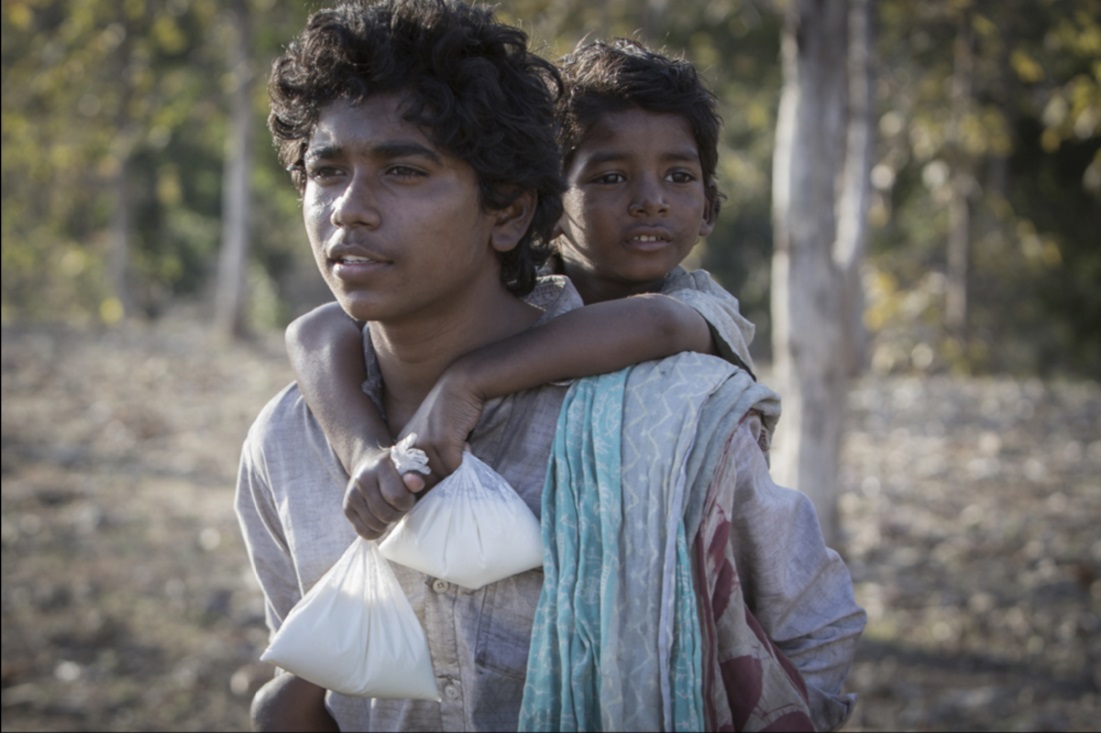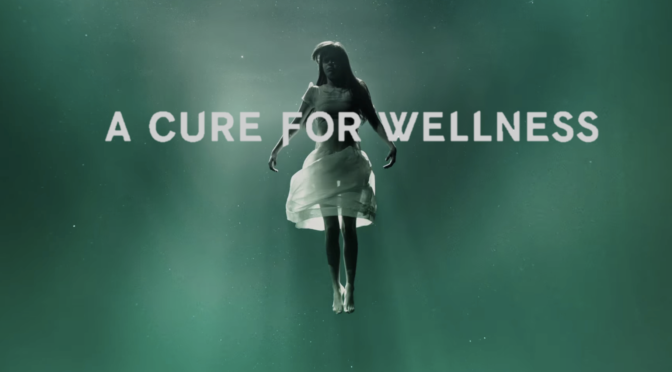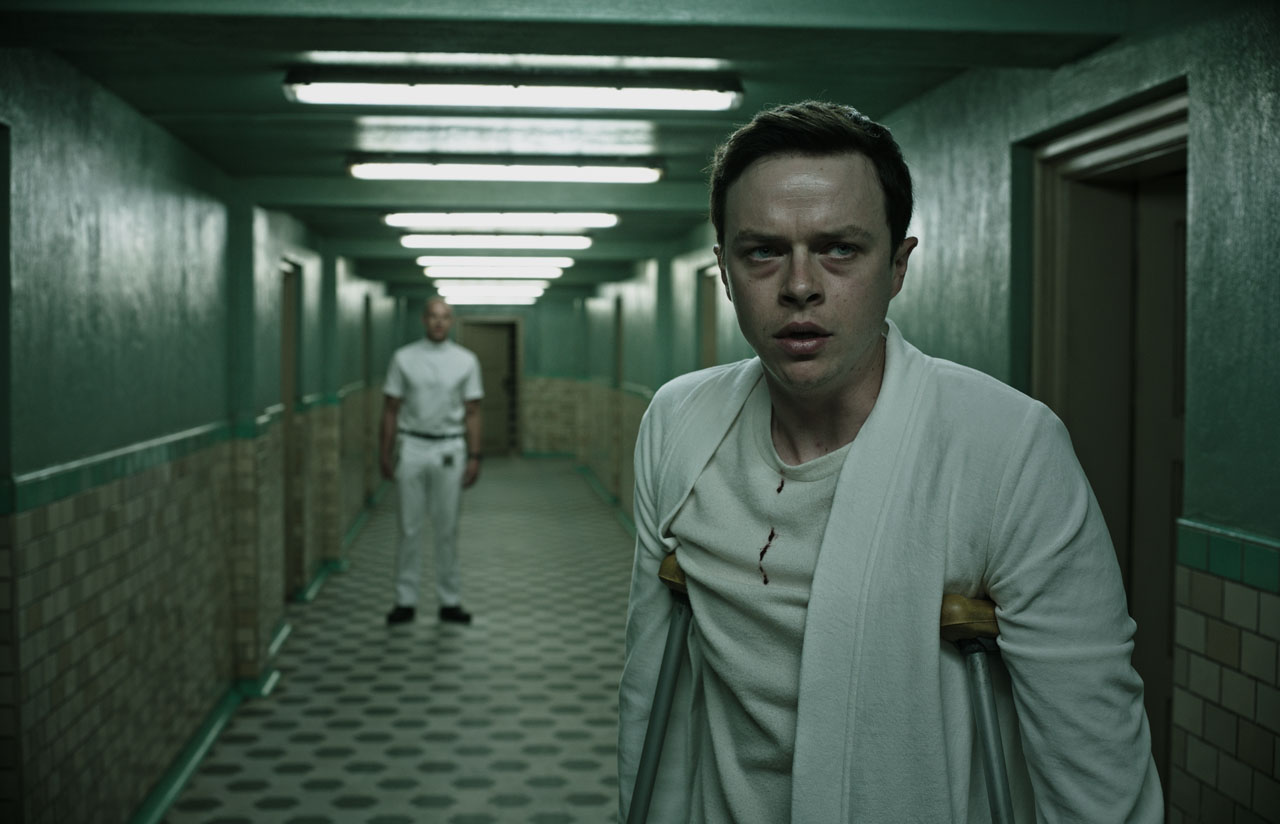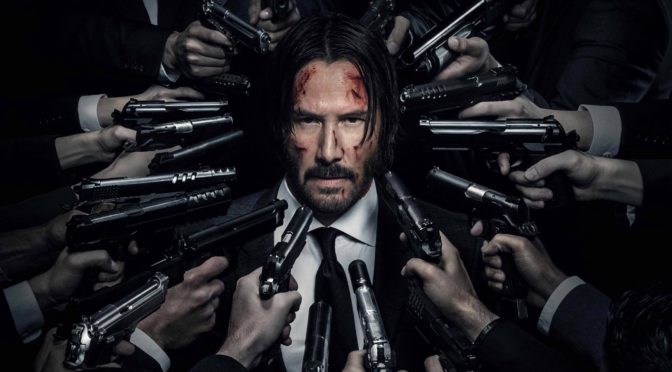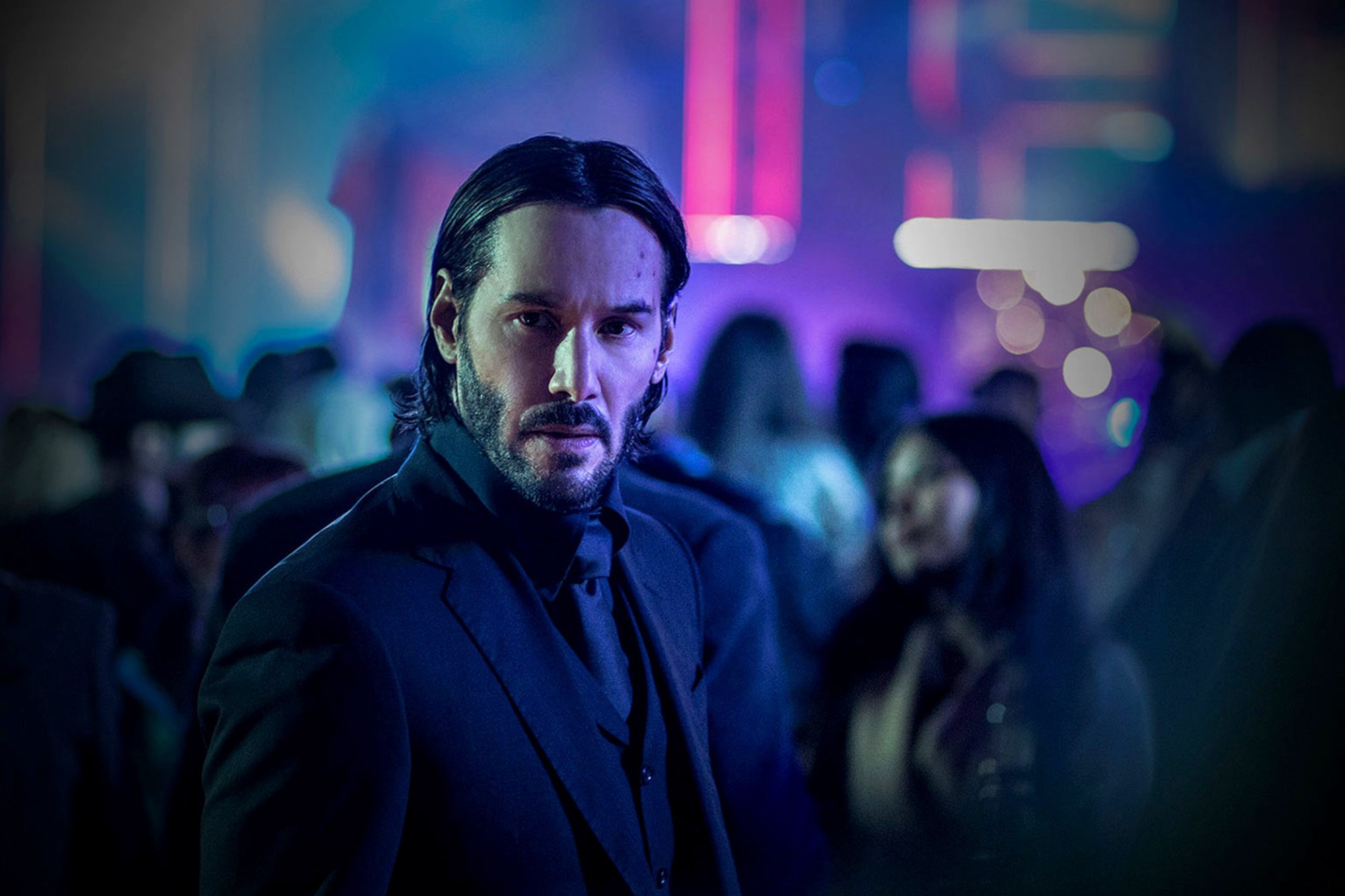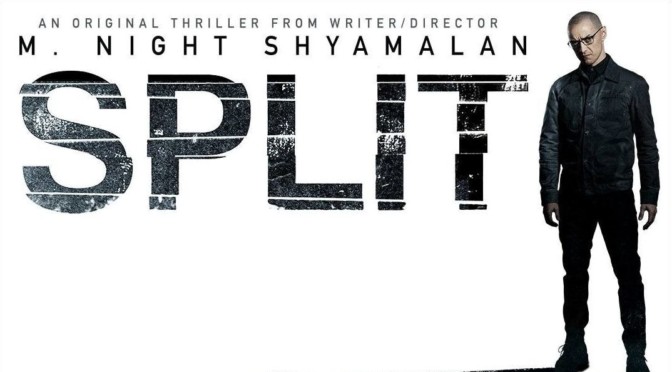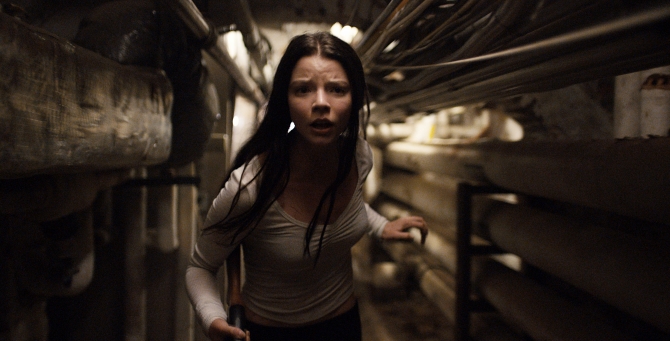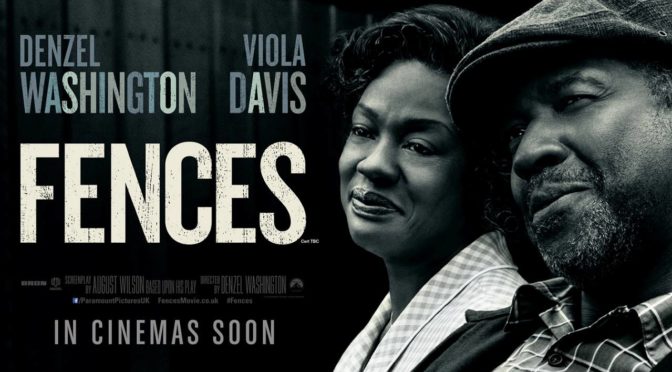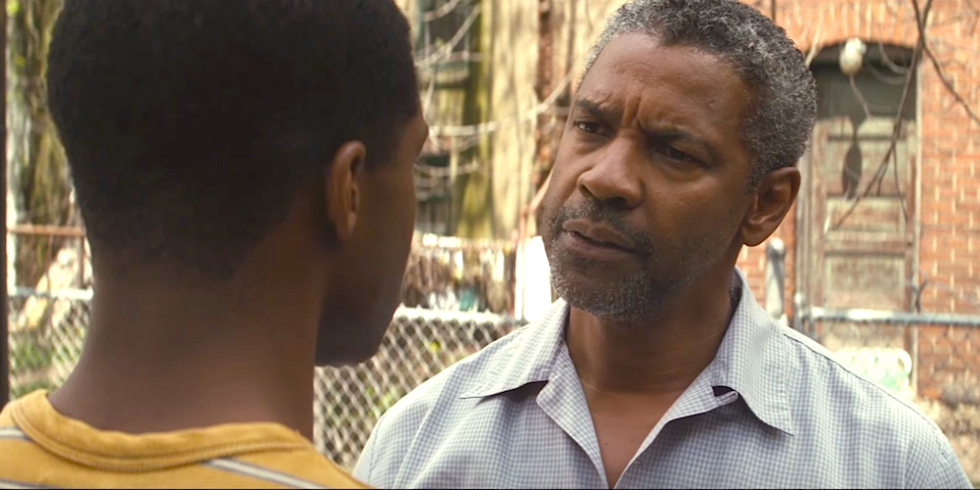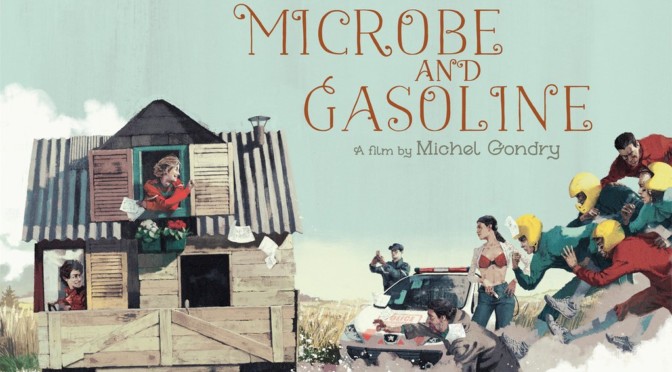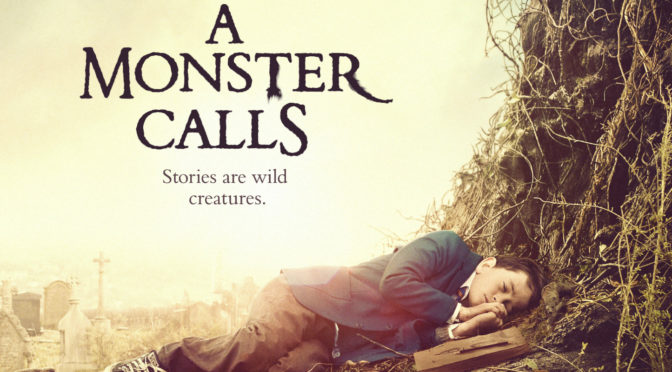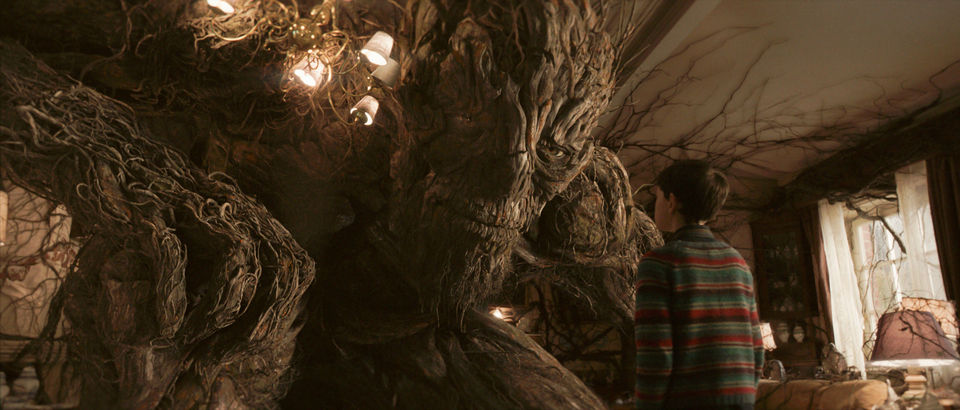Making a 180-degree switch, Jordan Peele (Key & Peele) directs and writes Get Out, his first feature. Chris (Daniel Kaluuya; Sicario), a black man, has been dating Rose (Allison Williams; Girls), a white woman, for some time. They decide to spend the weekend at her parent’s house so Chris can finally meet her family. Chris is uneasy about what her parent’s reaction might be and his initial concern turns into suspicion after meeting the two family servants, both black, who seem to be too polite and too satisfied with their current situation.
Despite the genre, Peele remains true to his comedy roots. Comedian Lil Rel Howery costars as the TSA agent best friend. Normally this type of role could conflict with the film’s intent, but Peele is able to use this character to prevent the film from becoming too serious. Howery becomes the viewer surrogate. He says all the things that audience members normally shout at the screen during a horror movie and is able to be consistently funny without ever becoming obnoxious or distracting.
Get Out’s strengths in confronting racism come out in the little details. Rose’s family aren’t overtly racist, cross-burning, KKK members, but their prejudices comes out in subtle ways. It’s the way Rose’s dad keeps calling Chris “my man” and the way an older female relative feels his muscles as if he is an animal. It’s not that these people think less of him because of his race, it’s the assumptions they make about him. All of these behaviors, while satirical in nature, ring true. Any minority can attest to being in similar situations. Peele deserves enormous credit for accurately highlighting these forms of ingrained prejudice.
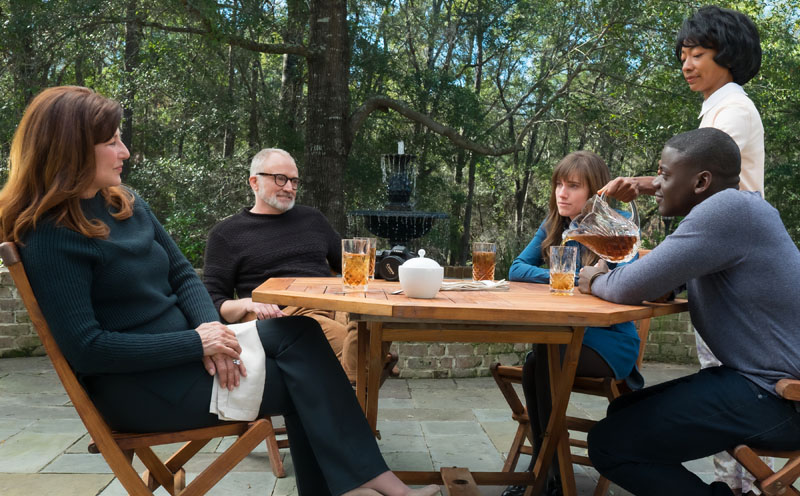
Where the film stumbles is with its narrative turns. The setup is nothing new and was mostly shown in its trailers. It’s basically The Stepford Wives with race instead of gender and the film doesn’t ever build past that starting point. The exact details of the situation might be a slight surprise to some, but the direction the film is headed is clear from the beginning. The underlying cause of this failure is Peele’s inability to produce sustained tension. For the audience to be invested in Chris’s situation, there needed to be a possibility that everything was normal and that Chris was just being paranoid. By not keeping the alternatives plausible, Peele effectively saps the film of the suspense it needed to be successful.
It also features some incredibly contrived plotting. In order to push the story to a climax, many films have forced reveals that are caused by actions that don’t make sense for the characters to do. For example, the villain might just happen to leave out a notebook that contains their plans. Get Out unfortunately uses a similar plot device to progress the film. It breaks the immersion and feels entirely artificial. Get Out is an encouraging debut for Jordan Peele, but it’s well-balanced humor and look at the subtle details of race relations are held back by a borrowed, predictable, and often forced narrative.

3/5 stars.
